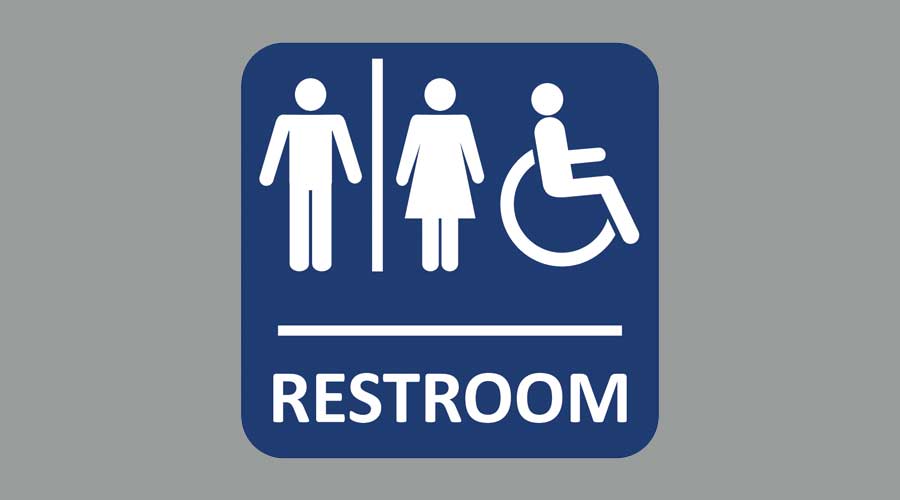
Contributed by Waterless Co.
During the pandemic, we learned several good restroom habits that kept us healthy. However, public health officials are concerned that many of these protective measures are now being tossed out the window.
“Even when restroom surfaces look clean, they may be little more than a Petri dish,” says Klaus Reichardt, CEO and Founder of Waterless Co., Inc. marketers of no-water urinals. “With so many surfaces, counters, knobs, and handles in public restrooms, it’s hard not to come in contact with surface contaminants.”
Making matters worse, toilet and urinal plume – the releasing of germs and bacteria into the air when toilets or urinals are flushed –continually adds germs and bacteria on to surfaces. While not a concern when no-water urinals are installed, most all restroom toilets release plumes. To help protect ourselves, Reichardt suggests we do the following:
Cover your Hands
Don’t be shy about gathering a paper towel when you enter a public restroom. Use it to cover your hands, so you don’t touch any restroom surfaces or fixtures.
The Quicker, the Better
Be quick. Do what needs to be done, wash your hands, and be out the door as soon as possible. The longer you linger in a restroom, the more chances you encounter pathogens.
Wear a Mask
Wearing a mask in a public restroom is optional, but still a good idea. Not only is toilet plume a problem, but when people gather in public restrooms, they are more likely to sneeze and cough, potentially spreading germs.
Stay Off Your Phone
A Travel Medicine and Infectious Disease study found that mobile phones are a hotbed for bacteria, viruses, and fungi. One key reason: they are used while people are using the toilet.
Don’t Ditch the Paper Towel
Instead of tossing used paper towels, use them when to exit the restroom.
“Finally, see something, say something,” adds Reichardt. “If the restroom needs cleaning attention, tell someone in charge. What you are doing is helping to keep others healthy.”

 The Down and Dirty on Cleaning in Virus Season
The Down and Dirty on Cleaning in Virus Season How Surfactant Use is Expanding in Commercial Cleaning
How Surfactant Use is Expanding in Commercial Cleaning